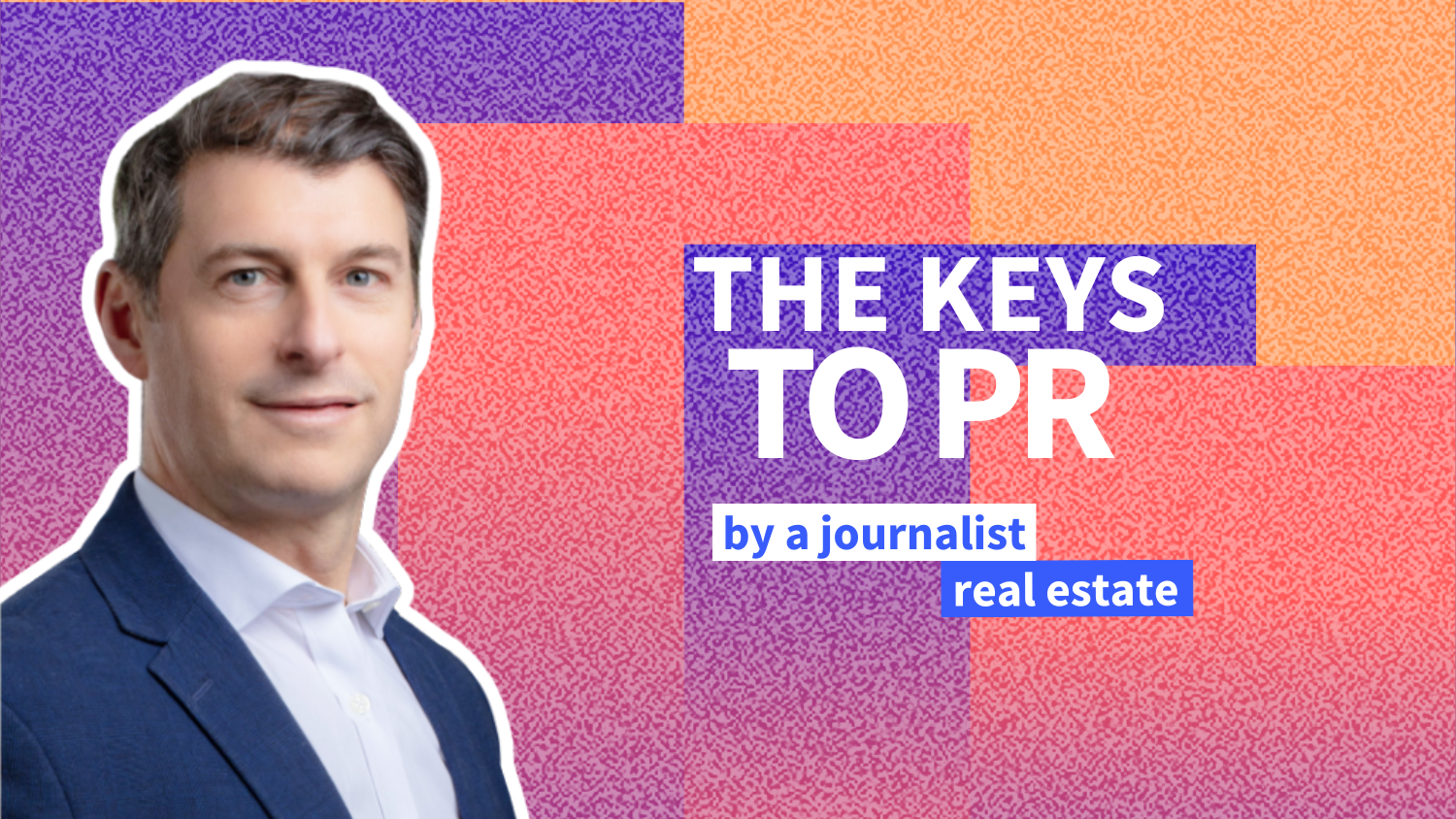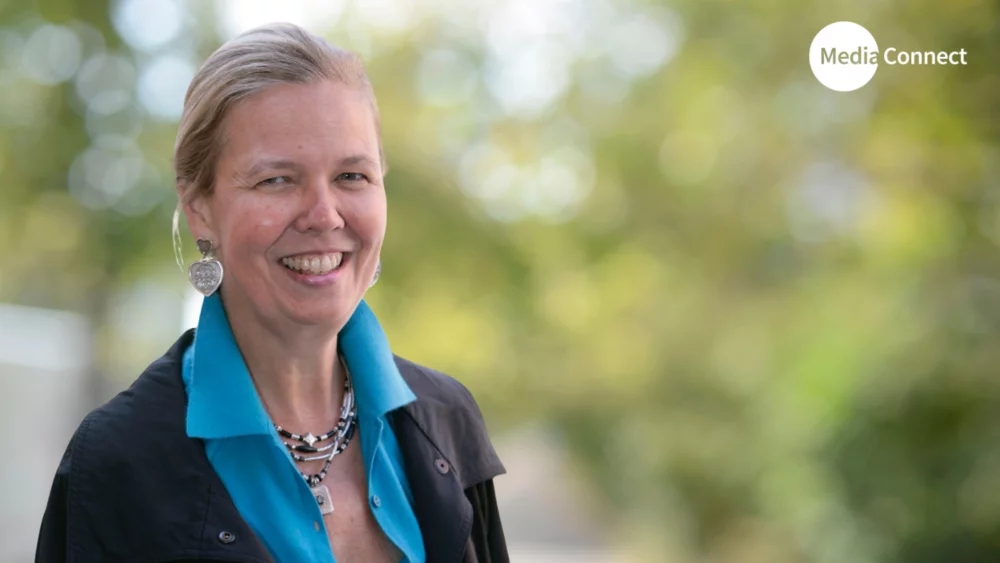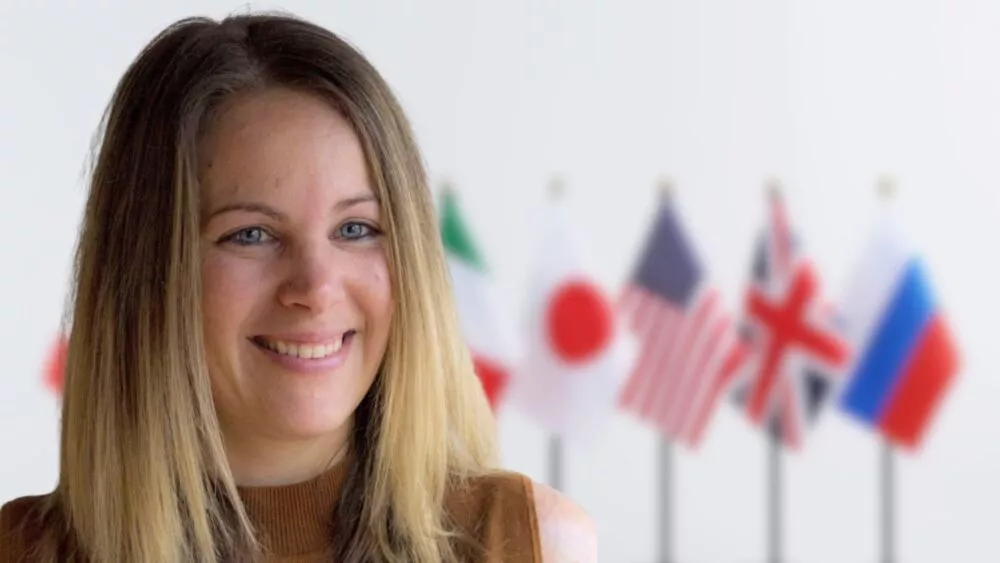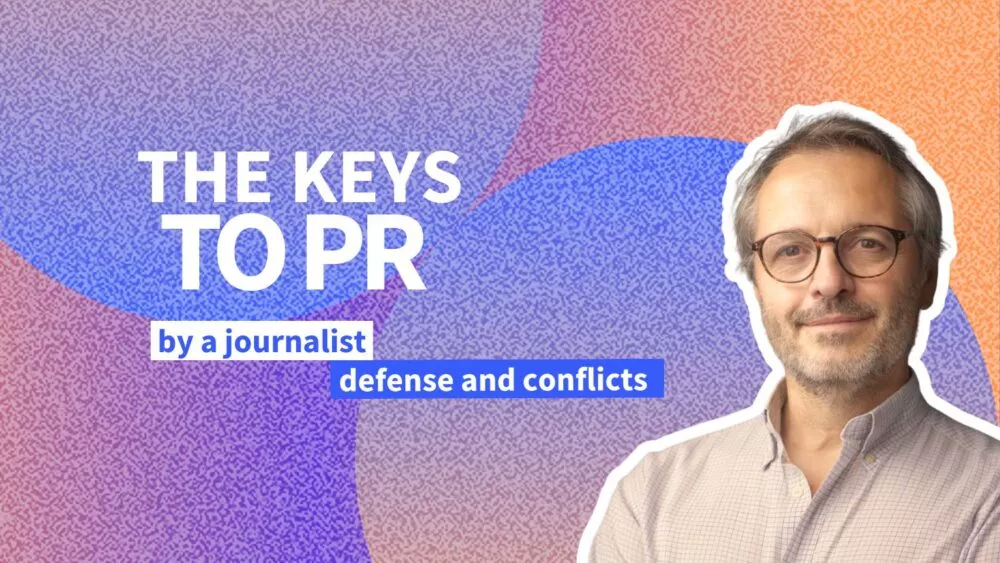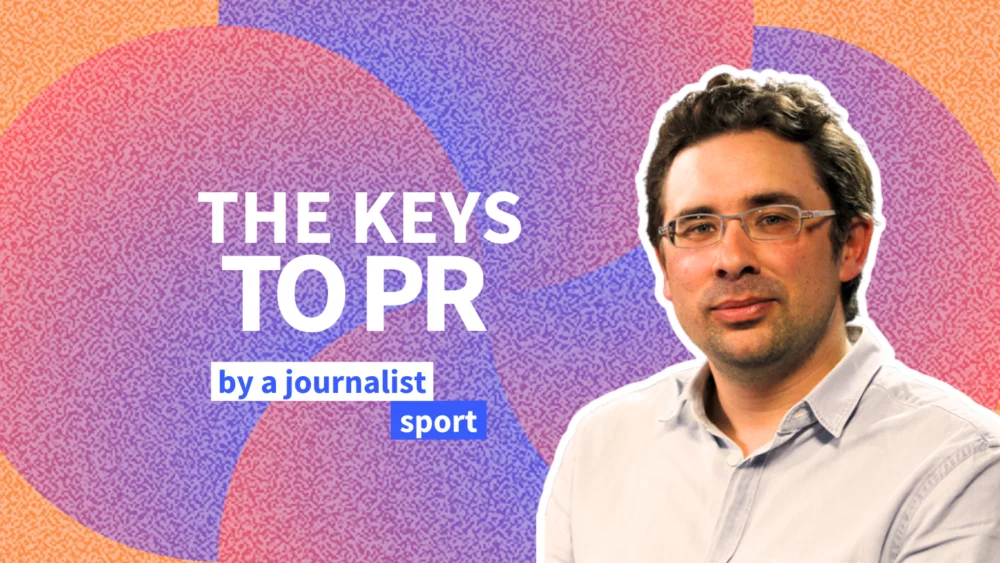Can you start by introducing yourself and the topics you cover?
I’ve been a journalist for about ten years. Today, I’m a freelancer with fairly regular clients, including the Ficade press group. My two preferred fields are finance and real estate. The two are generally quite interconnected. I host several shows, including SMART IMMO, the B SMART 4 Change program dedicated to real estate decision-makers. I interview them about developments and innovations in the sector.
What are your main sources of information when preparing your shows?
First of all, I stay informed by monitoring the work of my fellow journalists. I’m still subscribed to some print newspapers like Les Echos, but I also do a lot of research online. Radio-Immo, BFM Business, and Business Immo are among the many outlets I regularly check.
It’s true that we’re flooded with articles and press releases from PR professionals like Shan, Galivel, or even ministry announcements. These materials give us plenty to work with. We’re contacted via email, but also directly by phone. It’s very useful. I’ve realized that if a press release is well written and has a relevant angle, we can reuse a large part of it, which really makes our job easier.
Sometimes, we adapt to the topics suggested by our production team. For example, if they ask us to create a segment on the “15-minute city” concept, we’ll try to bring on Carlos Moreno, its inventor. (Editor’s note: He developed a model aimed at reducing travel and limiting greenhouse gas emissions: designing cities so that everything is accessible within fifteen minutes by foot, bike, or public transport.)
What makes information in a press release newsworthy to you?
It needs a strong angle and a story to tell. Company figures aren’t inherently interesting. They become relevant if they reveal something about the market. For instance, a mortgage broker reporting over 50% growth in its funding could signal a market rebound — that kind of signal deserves our attention. On the other hand, when a company announces a 13% increase in purchases in a very specific activity segment, I explain that while it may be significant for them, it’s not necessarily of public interest.
Communicators must put themselves in the journalist’s shoes. Our goal is to produce rigorous, relevant information and bring real insight to our readers or viewers. A press release, in my opinion, must meet the same standards as an article: the title and hook need to be well-crafted. With our inboxes constantly overflowing, if the information doesn’t grab our attention right away, we may overlook it.
What’s your take on press conferences? Are they still relevant in 2025?
Yes, they’re still very relevant. Over time, though, I’ve become more selective about which ones I attend. I only go if I’m sure I’ll get a usable story out of it — in a way, it has to be worth the investment. We already host many guests in the studio, so we’re quite busy. If we leave the studio, it must add real value.Nowadays, a press conference or press lunch is especially worthwhile if we can meet the CEO and shoot footage on-site. The ultimate combination is the right speaker, the right topic, and the guarantee of quality content.
Speaking of which, what are the criteria for someone to be invited on your show? How do you define the “right speaker”?
The right speaker typically already has some level of public recognition. If not, it becomes more complicated for us on television. We often like to review their past on-air appearances — how they speak, how they handle stress, etc.
Emerging personalities, like startup founders, often bring great energy, but sometimes struggle with the 5–6 minute format. That’s why preparing their segment is essential. On my end, I always schedule a 20-minute prep call to frame the questions and make sure the guest has enough to say. Obviously, some people are more naturally comfortable than others. Media training helps, but ultimately, experience makes the real difference.
What do you think of the relationship between journalists and communication professionals? How do you work together?
I imagine it’s not always easy for PR professionals. As journalists, we don’t always have the time to respond to all their inquiries. Personally, I try to always give a reasoned reply, especially if it’s a no.
Unless they’ve received a definitive refusal, I think PR professionals should absolutely follow up — without overdoing it. Sometimes, we’ve planned a show and a guest cancels last minute. In such cases, PR pitches are incredibly valuable for finding a quick replacement. We need each other.
Lastly, I expect communicators to consider the entire media ecosystem. B SMART is a commercial television channel. We offer free formats, but also paid ones if guests want something tailored. Companies and agencies need to understand that producing content is expensive. We expect a form of reciprocity when possible: for example, if you're launching a big campaign, think about including us in the RFP process.
Given all this, what are your recommendations for optimizing the working relationship?
It’s a relationship that develops over time. Trust is built through a deep understanding of each other’s challenges. That requires complete transparency. It’s important for us to know if the company is cutting costs or making new investments. That helps us approach topics with all the necessary context.
Also, I encourage PR professionals to introduce themselves to journalists. There’s a lot of turnover in agencies, and it can be hard to keep track. Take the time to remind the journalist of your portfolio and your contact info.
To give you a concrete example, an agency recently introduced us to a mortgage broker. The CEO was already known, but beyond his reputation, he had something interesting to say. We invited him to talk about the company’s growth, in a context made complex by high interest rates and the end of the Pinel tax scheme. I attended their press conference at their offices, and then the CEO came on set. But we didn’t stop there — we agreed to develop a sponsored segment together: “The Real Estate Forecast”. Good PR relationships can lead to deeper and more enriching collaborations.
Fabrice Cousté’s expectations:
- Structure press releases like articles
- Don’t hesitate to follow up — with moderation
- Prepare properly for on-screen appearances: media training, practice, experience
- Build trust through transparency
Also read
Gabriel Nedelec (Les Echos): “A phone call has more impact than yet another press release”
Laurent Larcher (La Croix): “I’m looking for people who can decipher the issues with nuance”
Romain Schneider (Le Figaro): “The language is sometimes too technical in press releases”

